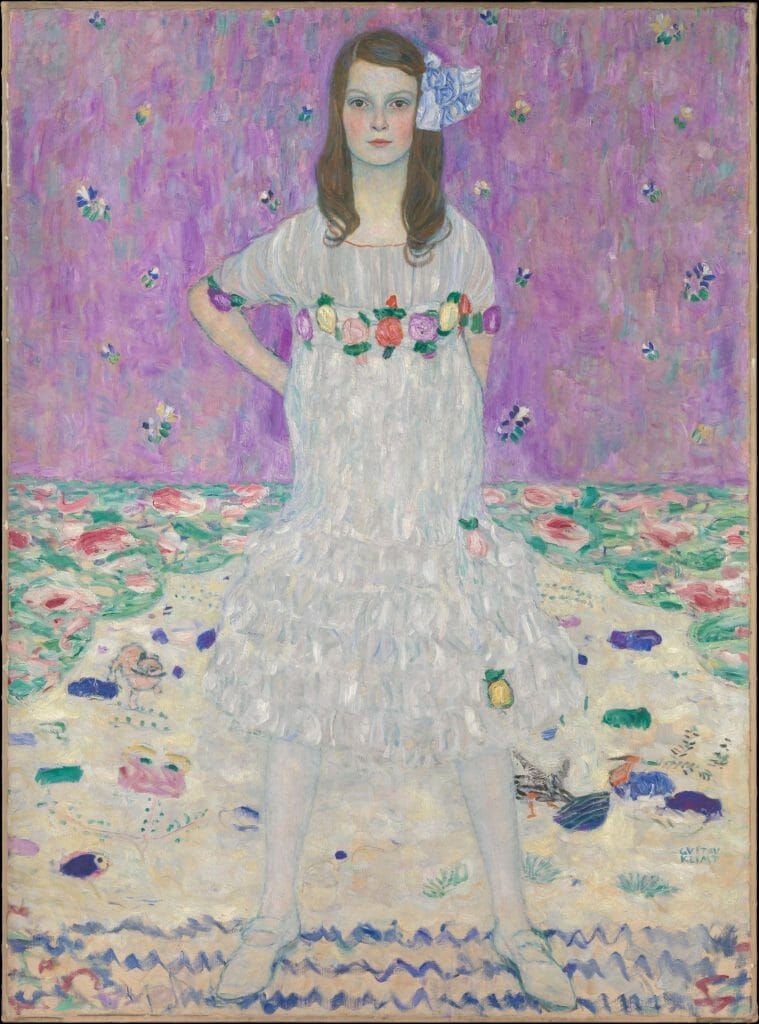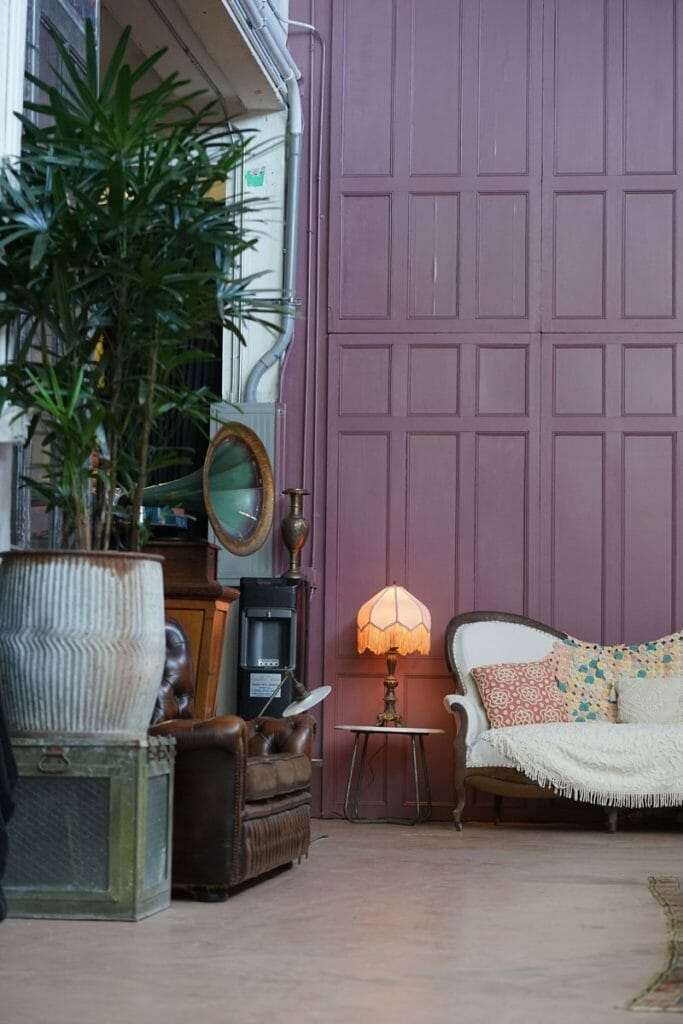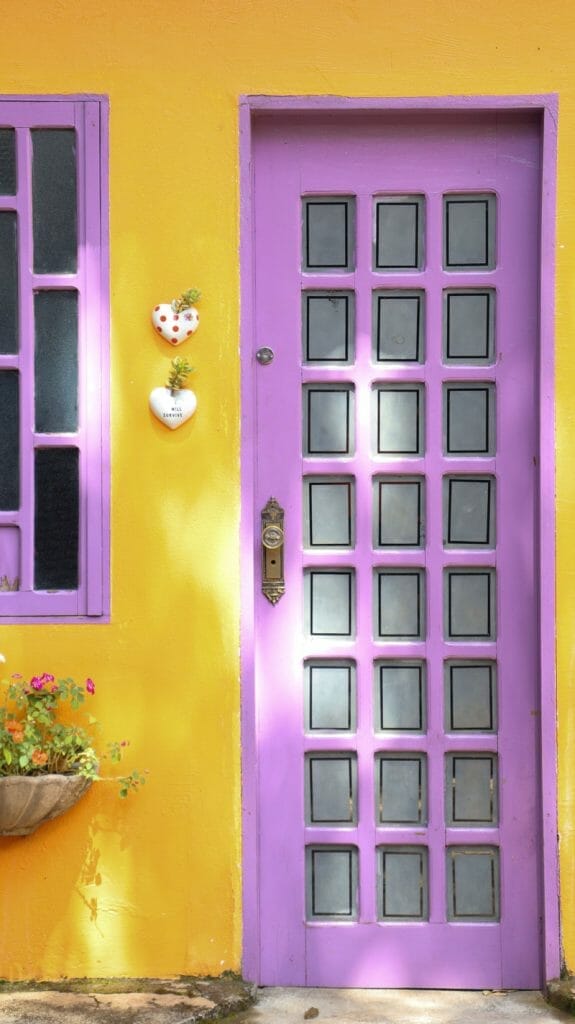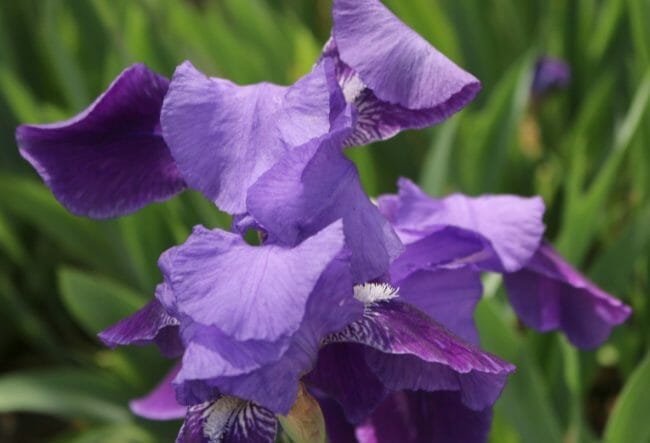Everyone has had a love affair with the color purple at one time or another. Most of us likely had that love affair in kindergarten when we battled each other for the purple crayon, because heaven forbid, we get stuck with Burnt Sienna. Purple is a color that spans history as we know it, conjuring up images of kings, queens, and witches. Purple has, for a large part of history, been a color reserved for the rich and powerful. We can trace that fact back to, of all things, a snail.

Ancient Phoenicians discovered that they could extract mucus from a predatory sea snail and create purple dye. I found this information momentarily alarming for two reasons.
1. Who discovered this? Who cracked open a snail, eyeballed the mucus and said, “Let’s make clothes?”
2. I did not know that snails could be predatory. I choose to retain my childhood love of cute snails who eat plants and leave behind sparkly trails of slime, not mercenary no-limit snails who kill other creatures.
This mucus-dye was intended to help the snail sedate its prey. But mankind decided to use this mucus to create purple dye, and the only way to do this was by “milking” the snails. I wish that was a joke, and yes, the mental pictures associated with that fact are less than desirable. This was, no doubt, a labor-intensive endeavor, and it took thousands of snails to create even an ounce of dye. Purple dye (and clothing) had an exorbitant price point that limited anything of the purple persuasion available to only the very wealthy. This stunning shade, a mix between blue and red, was known as Tyrian purple. Apparently, this dye smelled so foul, that the Talmud granted women the right to divorce any husband who became a dyer after marriage. Given the Jewish commitment to lasting marriages, that tells us all we need to know about the smell associated with milking a snail.

The color purple is peppered throughout history. God refers to it in the Old Testament book of Exodus. It’s a shade mentioned in the Iliad and the poems of Sappho. In ancient Rome, purple became a clothing shade that was policed upon penalty of death. China was the first to create a synthetic dye, and Emperor Charlemagne was buried in a shroud of Tyrian purple. Gustav Klimt (above) loved painting with purple, and it was one of the colors that represented the Women’s Suffrage movement. Prince claimed it as his signature color, and Alice Walker used it as part of her famous book title.

Purple also has mystical and magical connotations. It’s a shade associated with witches at Halloween, crystal balls, and the smoke coming from a spooky cauldron. Now that we know about the color’s expensive-snail inception, it’s safe to say no one was running around wearing a purple witch hat in colonial Salem, but in popular culture, it’s a shade still associated with witches. A purple door can signify the occupant is a practitioner of magic, and it’s also the shade associated with the crown chakra, which is believed to link us to enlightenment and the divine.
But what does any of this have to do with decorating with purple? These days purple is no longer linked to royals, snails, or shrouds. We can wear it, and we can decorate with it. It’s a shade that women and men alike favor, or detest. In my conversations with people over the years, there is usually no middle ground. My friends either love decorating with purple, or they avoid it at all costs. I’m in the strange middle. I love wearing purple, I love amethyst crystals, and there’s hardly anything more beautiful than a purple hyacinth, but I won’t be painting any of my rooms purple. I once had a purple office in a basement, and it did not encourage enlightenment or divine thoughts, only a pervading sense of darkness and an intrinsic desire to lay in the sun. But for those who choose to decorate with purple, it does send a message into the world that they are bold, creative risk-takers.

Purple can be soothing. A bedroom in shades of soft lilac is comforting. Purple can also be loud and brash, such as bright purple velvet curtains in a dining room. Color combinations with purple can also evoke very different environments. Purple and red are energetic and jolting, while lavender and pale aqua can evoke restful, spa-like rooms.

One thing is certain, purple is not a shade relegated to kindergarten crayons or Halloween. Whether you paint your entire house exterior in shades of eggplant or your front door in a twilight hue, or you place a simple vase filled with iris on your dining room table, this is a shade that has stood, and will stand, the test of time.


